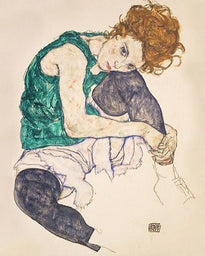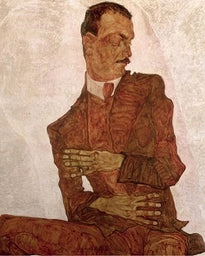Anatomical drawings from the Renaissance master that influenced medical science and informed his artistic output
Renaissance artist Leonardo da Vinci (1452-1519) made detailed anatomical sketches that contributed both to a greater understanding of the human body and to the compositions of his own artworks. Da Vinci was not content with a passive description of the human body; he sought to understand the mysteries of its functions by studying the mechanics, senses and bodily processes through the means of dissection.
This catalog for the exhibition at the Château de Clos Lucé, where da Vinci spent the final years of his life, demonstrates how the artist's work as an anatomist was critical to his practice as a painter. Well-known works such as The Last Supper are shown to have been influenced by knowledge gathered in the medical field. The book brings together Leonardo's drawings with objects, books studied by the artist, interviews with specialists and 3D reconstructions.



































